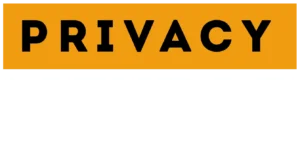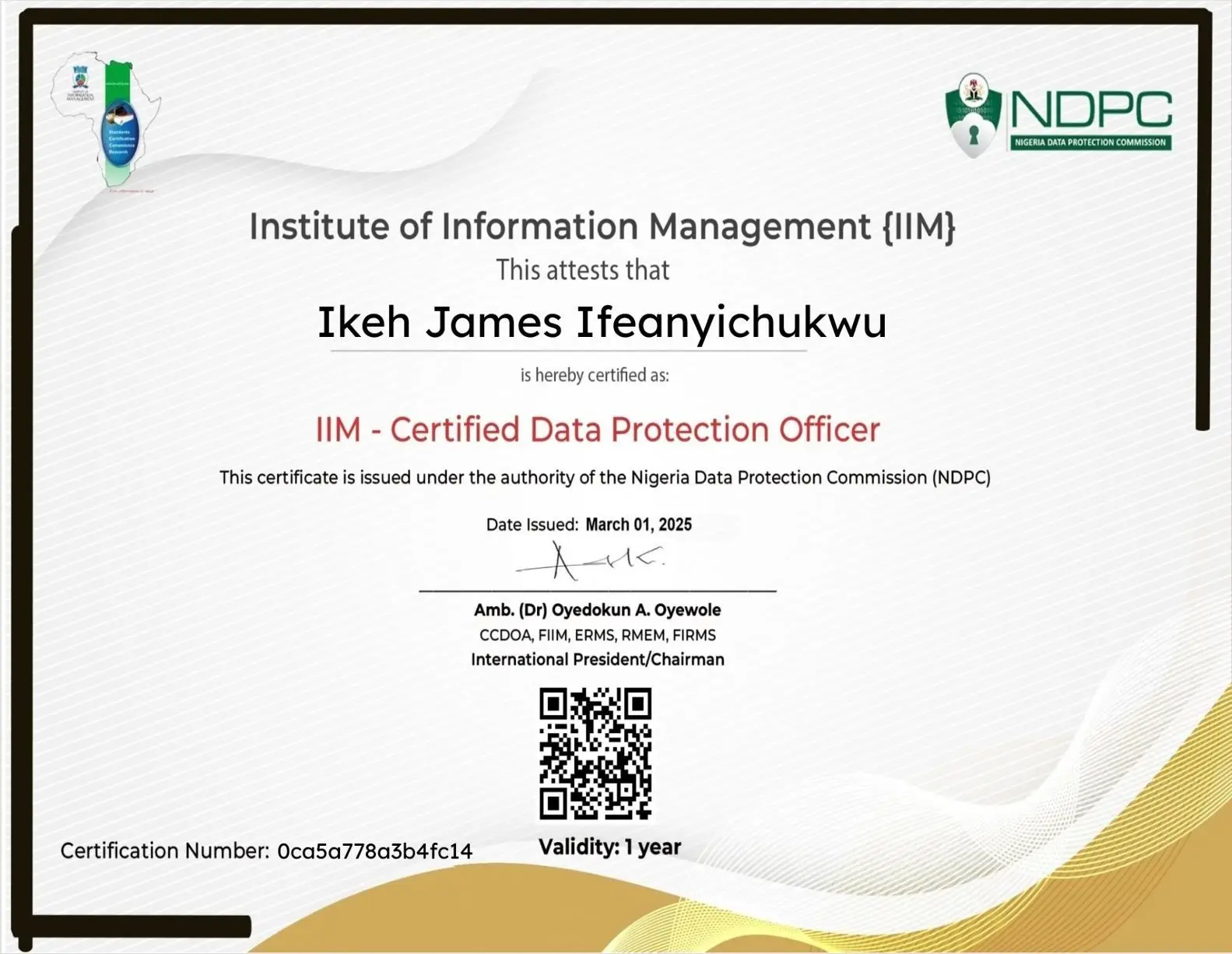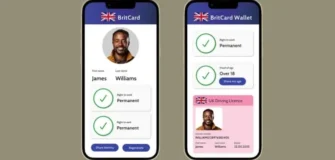Privacy at Home: How Smart TVs Record Your Conversations
Share

Imagine sitting in your living room, talking casually with friends, when suddenly an ad pops up later online about something you just mentioned. Coincidence? Maybe not.
Welcome to the world of Smart TVs — devices designed to entertain and connect, but also capable of listening, tracking, and transmitting data about what happens in your home.
In this article, we’ll explore how smart TVs collect voice data, what manufacturers do with it, and how you can protect your privacy without sacrificing convenience.
What Makes a TV “Smart”?
A smart TV connects to the internet, allowing you to stream content, browse apps, use voice assistants, and connect with other devices in your home.
While these features enhance user experience, they also create new data privacy challenges. Each app, voice command, and user interaction generates personal data that can be stored, analyzed, and sometimes shared with third parties.
How Smart TVs Record Conversations
1. Voice Recognition and Always-Listening Features
Most smart TVs today include voice control—allowing users to search, change channels, or adjust volume using speech commands.
However, to detect when you say “Hey Samsung” or “Alexa”, the microphone must always be listening for its wake word. This means it’s constantly capturing short snippets of sound, which may include private conversations.
2. Data Transmission to the Cloud
When you issue a command, your TV transmits the voice clip to remote servers for processing and interpretation. These servers analyze the audio to improve accuracy and personalize responses.
According to Samsung’s 2015 privacy policy (which went viral), the company warned users:
“Please be aware that if your spoken words include personal or other sensitive information, that information will be among the data captured and transmitted.”
3. Third-Party Data Sharing
Many TV manufacturers partner with advertising networks and analytics companies. Data such as voice recordings, usage history, and viewing patterns may be shared or sold to target ads more effectively.
Real-Life Cases of Smart TV Privacy Concerns
| Brand / Case | Incident | Outcome |
|---|---|---|
| Samsung (2015) | Privacy policy admitted TVs could transmit private conversations. | Global outrage led to policy revision and more transparency. |
| Vizio (2017) | Collected viewing data without user consent and sold it to advertisers. | Fined $2.2 million by the U.S. FTC. |
| LG (2013) | TVs recorded filenames and viewing behavior even when tracking was turned off. | LG released a firmware update to stop unauthorized logging. |
These examples highlight why transparency and user consent are critical in smart device ecosystems.
Why Manufacturers Collect Voice Data
Voice data helps companies:
- Improve speech recognition accuracy.
- Offer personalized recommendations.
- Enable smart home integrations.
- Deliver targeted advertising.
But this same data, if not properly handled, can be exploited — creating serious privacy and security risks.
Privacy Risks of Smart TVs
| Risk | Description |
|---|---|
| Eavesdropping | Always-on microphones could capture unintended private conversations. |
| Data Breaches | Voice recordings stored in the cloud can be exposed by hackers. |
| Profiling and Advertising | Behavioral data can be used to infer income, habits, or political preferences. |
| Lack of Transparency | Users often don’t know how long data is retained or who it’s shared with. |
| Weak Consent Mechanisms | Some TVs enable tracking by default or bury disclosures deep in settings. |
What Privacy Laws Say About Smart TVs
Under GDPR (Europe)
Voice recordings are considered personal data if they can identify an individual. Manufacturers must:
- Obtain explicit consent before collecting or processing audio.
- Disclose the purpose of data use.
- Allow users to withdraw consent and delete data.
Under Nigeria’s NDPA (2023)
Smart TV manufacturers operating in Nigeria must:
- Provide clear privacy notices.
- Obtain informed consent for data collection.
- Maintain data minimization and purpose limitation principles.
Failure to comply can lead to fines and sanctions from the Nigeria Data Protection Commission (NDPC).
How to Protect Your Privacy at Home
1. Review Privacy Settings
Go to your TV’s settings and turn off:
- Voice recognition (if not in use).
- Viewing data collection or ad personalization.
2. Mute or Disable the Microphone
Most TVs allow you to mute microphones or unplug the camera if available.
3. Avoid Using Default Accounts
Create separate user profiles and avoid logging in with your main Google, Amazon, or Facebook accounts.
4. Regularly Update Firmware
Manufacturers release patches that fix security and privacy vulnerabilities.
5. Read the Privacy Policy (Seriously)
Understand what your device collects, where it sends data, and how long it’s kept.
FAQs
Q1. Are smart TVs really listening all the time?
Not always — but many models have microphones that are always on standby to detect wake words.
Q2. Can I stop my TV from listening?
Yes. You can disable voice recognition features or mute the microphone from settings.
Q3. Do manufacturers store my voice recordings permanently?
Most store them temporarily for analysis, but retention policies vary. Check your brand’s privacy statement.
Q4. What about smart speakers connected to the TV?
If your TV connects to devices like Alexa or Google Home, those systems also record and store voice data.
Q5. Is this legal?
Yes, if consent is obtained transparently — but unauthorized or excessive collection violates data protection laws.
Conclusion
Your smart TV is no longer just an entertainment device — it’s a data-collecting computer in your living room. While voice features make life easier, they also open the door to unseen risks.
Understanding how your device processes and shares data helps you take back control. Turn off unnecessary features, read the fine print, and make privacy a conscious choice.
After all, in the modern digital home, privacy isn’t automatic — it’s intentional.






































Leave a Reply